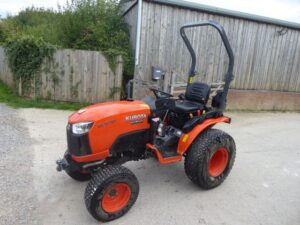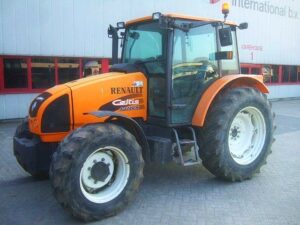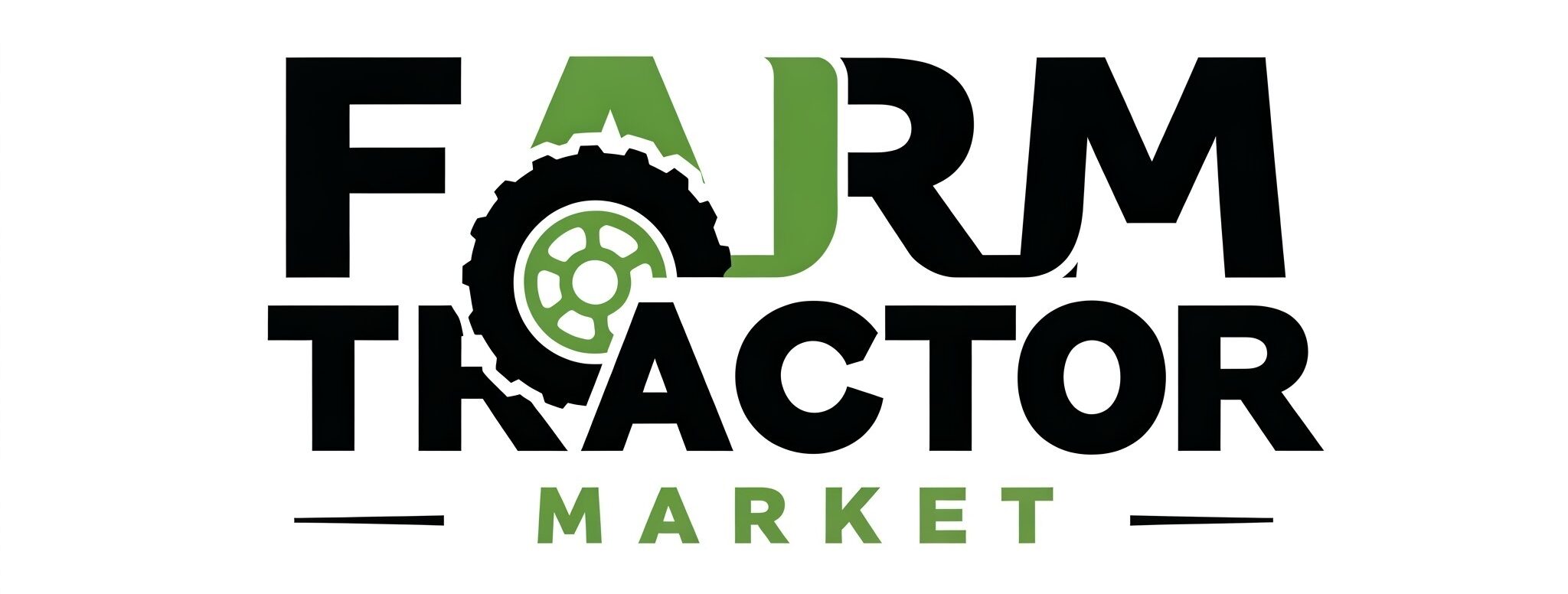Farm Tractor Maintenance Guide
Daily Checks (Before Starting the Tractor)
Fluid Levels: Check engine oil, coolant, fuel, hydraulic fluid, and other fluids. Top up if needed.
Leaks: Inspect underneath the tractor for any fluid leaks or puddles.
Tires and Wheels: Ensure tires are properly inflated (refer to the manual), check for cuts or damage, and verify lug nuts are tight.
Battery: Confirm battery is securely mounted, terminals are clean, and electrolyte levels are adequate.
General Condition: Look for cracked or broken parts, leaking or damaged hoses, loose bolts, and ensure all safety shields and the Slow Moving Vehicle (SMV) emblem are in place and clean.
Safety Features: Check that the seatbelt functions properly.
Lights and Signals: Test all lights, flashers, and indicators to ensure they work.
Engine Oil Pressure: After starting, verify the oil pressure gauge shows adequate pressure.
Weekly Maintenance
Grease Points: Lubricate all grease fittings including pivot points, hydraulic arms, and bearings as per the operator’s manual.
Battery Check: Inspect terminals for corrosion and clean if necessary. Ensure connections are tight.
Belts and Hoses: Examine for cracks, fraying, or leaks and replace if needed.
Hydraulic System: Check hoses and cylinders for leaks or wear.
Brake and Clutch: Test for smooth operation and listen for unusual noises.
Monthly Maintenance
Oil and Filter Change: Change engine oil and replace oil filter if due.
Air Filter: Clean or replace the air filter to maintain engine efficiency, especially in dusty conditions.
Transmission Fluid: Check fluid levels and top up if necessary.
Fuel System: Replace fuel filters and check for water or contaminants in the fuel tank.
Seasonal and Annual Maintenance
Full Inspection: Before heavy-use seasons (planting or harvest), perform a thorough inspection of all tractor components.
Hydraulic and Transmission Fluids: Replace fluids annually or as recommended by the manufacturer.
Cooling System: Flush and replace coolant every 2 years to prevent overheating and corrosion.
Battery Care: For winter storage, remove the battery if possible and store it in a cool, dry place; use a battery maintainer.
PTO Shaft: Inspect the Power Take-Off shaft for damage and ensure guards are securely in place.
Tires: Check tread depth and sidewall condition; replace worn or damaged tires.
Chassis and Fittings: Inspect for cracks, loose bolts, broken welds, and check steering components and suspension points.
Paint and Rust: Repair chipped paint and treat rust spots promptly to prevent corrosion.
Cleaning and General Care Tips
Regular Cleaning: Wash the tractor after every use, especially if working in muddy or dusty conditions. Use a pressure washer carefully, avoiding electrical components.
Engine Compartment: Clean grease and dirt with a soft brush and cloth; ensure the engine is cool before cleaning.
Operator Cabin: Keep clean for safety and comfort.
Maintain Records: Keep a detailed maintenance log to track services, repairs, and replacements.
Safety and Operational Checks
Control Mechanisms: Test pedals, levers, and hydraulic controls for smooth operation without sticking.
Electrical System: Inspect wiring and connections; test all lights and indicators.
Fuel System: Drain water separators and replace fuel filters regularly to prevent engine damage.
Summary Table of Maintenance Intervals
| Task | Daily | Weekly | Monthly | Seasonal/Annual |
|---|---|---|---|---|
| Check fluid levels | ✔ | |||
| Inspect tires and wheels | ✔ | ✔ | ||
| Grease moving parts | ✔ | |||
| Battery inspection | ✔ | ✔ | ✔ | |
| Change engine oil and filter | ✔ | |||
| Replace air and fuel filters | ✔ | |||
| Hydraulic system check | ✔ | ✔ | ||
| Full tractor inspection | ✔ | |||
| Clean tractor | ✔ | |||
| PTO shaft inspection | ✔ | |||
| Cooling system flush | ✔ |
Search FarmTractor Market
Categories
Some of our Tractors
-
 Kubota B2650 4WD
€4,950.00
Kubota B2650 4WD
€4,950.00
-
 Renault Celtis 446RX
€7,900.00
Renault Celtis 446RX
€7,900.00
-
 New Holland TM175
€8,800.00
New Holland TM175
€8,800.00



